What is the biking equivalent of a 'couch to 5k' running challenge?
Why it could be easier to train for a longer cycling event than a 30-minute run
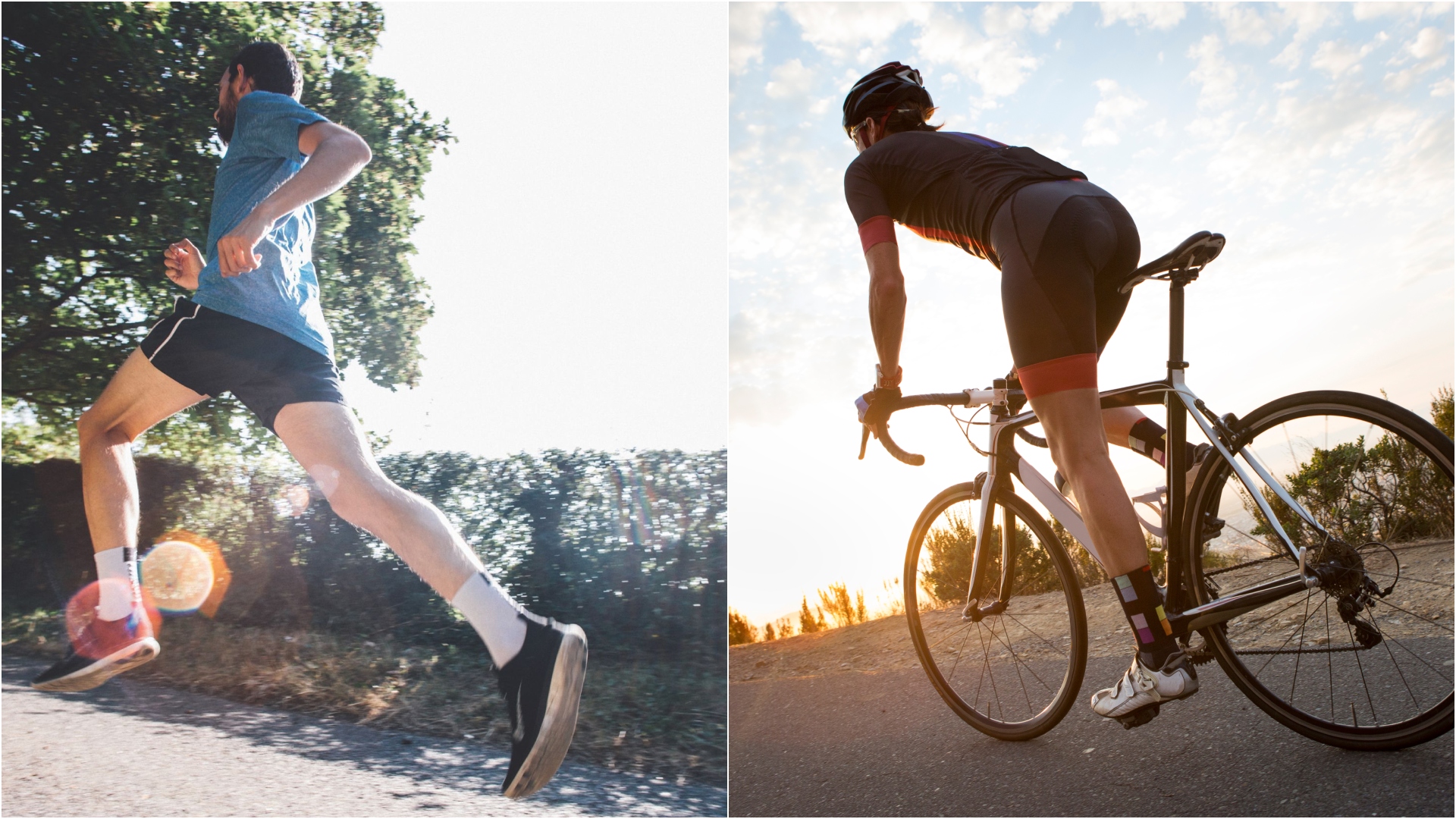

For many people, the New Year brings a fresh start – an opportunity to set goals and determine strategies to achieve them. Often, New Year’s resolutions focus on health or fitness, with millions of people turning to training programmes like a Couch to 5K to jumpstart their fitness journeys. But running isn’t for everyone. The weight-bearing nature of running can be tough on the body, and the repetitive nature of the exercise can make it hard to stay motivated.
Thankfully, there are alternatives. Just as the bicycle can be used as an alternative to walking 10,000 steps a day, it can also be used to prepare for your first endurance event.
But what is the biking version of the 5k running challenge? According to experts, if you’re a complete beginner, it would be the equivalent of putting your name down for a 40-kilometre (25-mile) bike ride.
“I think that 30-50 kilometres is a really good benchmark,” says Serena Bishop-Gordon, professional gravel racer, coach and owner of Special Blend Gravel. “The distance and duration [may] vary depending on the type of cycling event you’re doing, which is very different from running.”
If 40 kilometres (25 miles) seems like a long distance, there's a reason.
“I feel like the barrier to becoming a runner – someone who can run 5K-10K at a solid pace with no breaks and not feel like it’s going to kill you – takes a bit more effort than it might to achieve a similar level of cycling,” says Gary Towne, Head Coach of the Chico State Cross-Country Running Programme.
Towne a former elite runner with a personal best of 15:20 for 5K, understands the highs and lows of training. In 2018, while cycling in Northern California, he was hit by a van, shattering his pelvis and ending his running career.
Get The Leadout Newsletter
The latest race content, interviews, features, reviews and expert buying guides, direct to your inbox!
“I can honestly say that gutting out 3 miles at a 9-minute pace was one of the hardest things I’ve done in years… Getting to a place where you can run 5K comfortably takes time, patience, and a certain pain threshold – more so than cycling, in my opinion.”
Riding a bike for 40 kilometres is certainly going to take longer than running a 5k. If a person averages 20 kilometres per hour, they should plan on being on the bike for 2 hours versus the 30-45 minutes it takes to run 5 kilometres. However, cycling will be easier on the body. Cycling is a non-weight-bearing activity, meaning it doesn’t fatigue muscles or place stress on joints in the same way running does. This allows cyclists to ride further and longer without experiencing the same level of fatigue.
Towne recognises the benefits of cycling for endurance athletes and often incorporates spin bikes into his athletes’ training plans. “I’d more or less count [5 kilometres] of decent effort on the bike as equivalent to [1 kilometre] of running. The athletes don’t like to hear this because of the extra time they have to spend on the bike versus just running [5 kilometres]. Of course, 40k would equal a bit more than 3.1 miles of running, given my training advice, but from a performance standpoint, I feel like it’s not too tough to get yourself into enough fitness to ride 25 miles. Running 5k might be even harder for some, depending on their background and physiology.”
In the same amount of time it takes to train for a 5-kilometre run, a person could train for a 40-kilometre ride. Towne, who has coached collegiate athletes to run a 5K cross-country race in 13:31, notes that the biggest hurdle to building cycling endurance is getting comfortable on the bike.
“The biggest challenge for me, personally, is the first week or so as your rear end gets used to the saddle. After that, improvements in volume come much more easily on the bike. Of course, there’s no coasting in running, whereas cycling offers actual rest and recovery while you’re still moving forward.”
A typical Couch to 5K program follows an 8-10 week training plan that progressively builds both volume and intensity, helping participants develop the endurance to run continuously for 30 minutes by the end.
Using that same 8-10-week formula, a person might start by cycling three times a week for 30 minutes per session and then increase the volume and intensity week by week.
Compared to running, which requires a person to slowly build up the duration they can run comfortably, riding a bike can be done at whatever pace a person wants, which makes it easier to ride longer. By the end of week 4, a person should be able to comfortably ride for 2 hours. It’s at this point that a person should focus on building intensity and be able to ramp up the pace.
“Finding a training plan that’s more than just riding at an easy pace all the time is important,” explains Bishop-Gordon. “I think too many people start cycling and stick to the same cadence and pace all the time. Then they encounter an event with group dynamics, climbs, descents, or other technical challenges they haven’t trained for.”
Bishop-Gordon emphasises the importance of investing in your fitness goals. Just as poorly fitting running shoes can make completing a 5K feel impossible, a poorly fitted bike can significantly affect your desire to keep riding.
“Let’s talk about making some investments so that you have more fun. That’s a big piece with cycling. So many people ride bikes with saddles or handlebars that aren’t properly adjusted. They don’t realise how many options are available to improve the bike’s fit and performance,” she explains. “If you’re committing to something, spending the money to get a bike [or bike fit] that helps you succeed is worth it – and it’ll keep you in the sport.”
Ultimately, the goal is a lifestyle change. It’s not about running your first 5K and then hanging up your shoes or cycling 40 kilometres and letting your tyres deflate. It’s about using a distance goal or event to ignite your motivation to exercise.
Focus on the process, not just the end result. “If the goal is to complete the ride or the run, and you did it, then you’ve met your goal, and you’re done,” says Bishop-Gordon. “But if you have other process goals to continue working on, it’ll keep you coming back for more.”

Thank you for reading 20 articles this month* Join now for unlimited access
Enjoy your first month for just £1 / $1 / €1
*Read 5 free articles per month without a subscription

Join now for unlimited access
Try first month for just £1 / $1 / €1

Caroline Dezendorf is an elite off-road cyclist and storyteller with a passion for building community and protecting wild spaces. She lives in Truckee, California, where her backyard is the expansive Sierra Nevada mountains. You can often find her in the mountains, exploring by two wheels or two feet. She aims to inspire future generations to explore the natural world and push beyond their comfort zones.
You must confirm your public display name before commenting
Please logout and then login again, you will then be prompted to enter your display name.
-
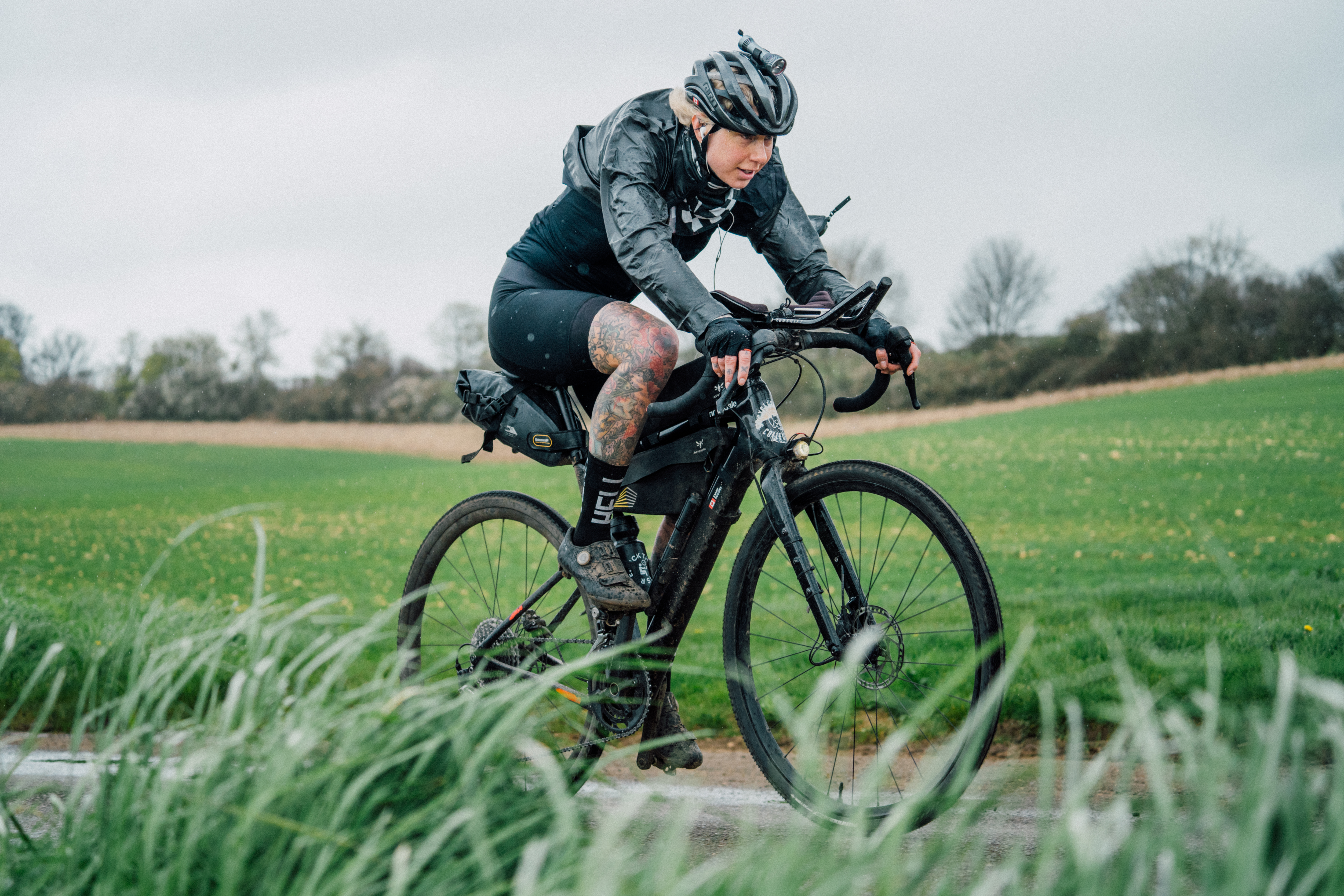 'I've bought four kilos of Haribo just in case' - Meet Dr Sarah Ruggins, who has gone from paralysis to aiming for the LEJOGLE record
'I've bought four kilos of Haribo just in case' - Meet Dr Sarah Ruggins, who has gone from paralysis to aiming for the LEJOGLE recordCanadian is aiming to take the overall record for Lands End to John O' Groats to Lands End, which currently stands at five days, 18 hours
By Adam Becket
-
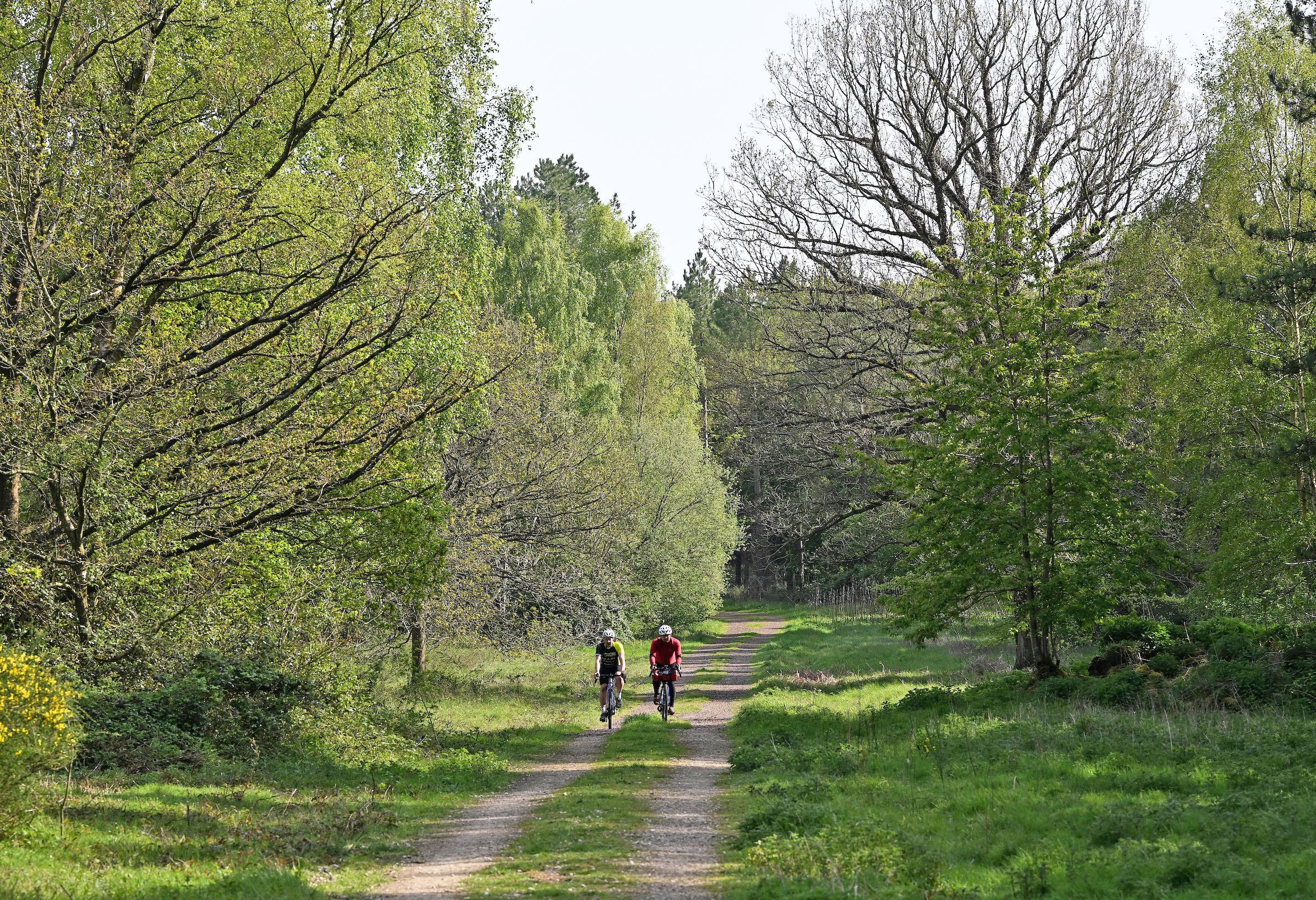 The sun's out and so am I: why there's no shame in being a fair-weather bike rider
The sun's out and so am I: why there's no shame in being a fair-weather bike riderLet's be honest, rain and riding bikes don't mix well – there's nothing wrong with waiting for the sun
By James Shrubsall
-
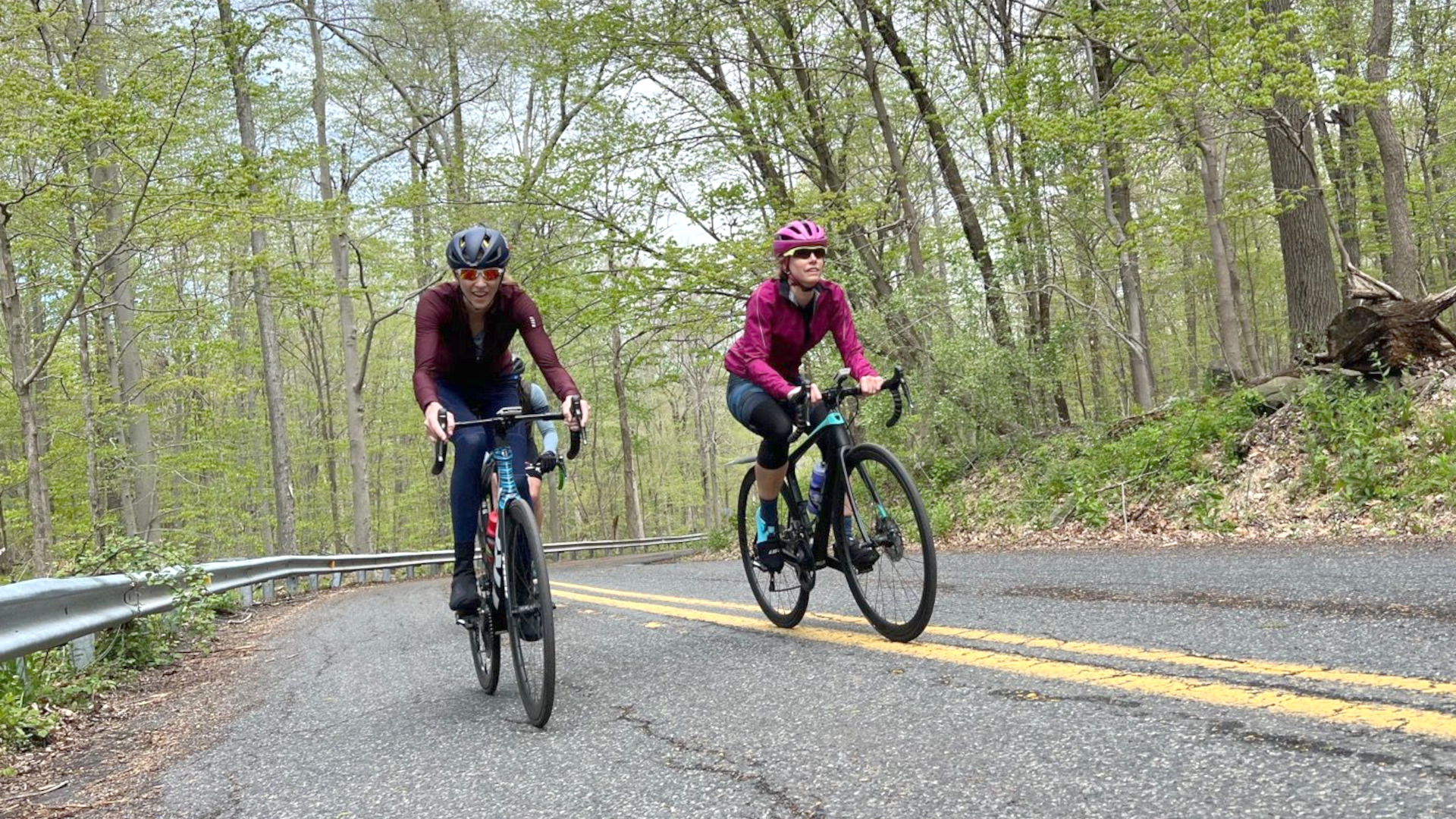 12 hacks to make your ride better and more fun
12 hacks to make your ride better and more funFrom gear tweaks to route alterations: elevate your rides with these expert tips
By Greg Kaplan
-
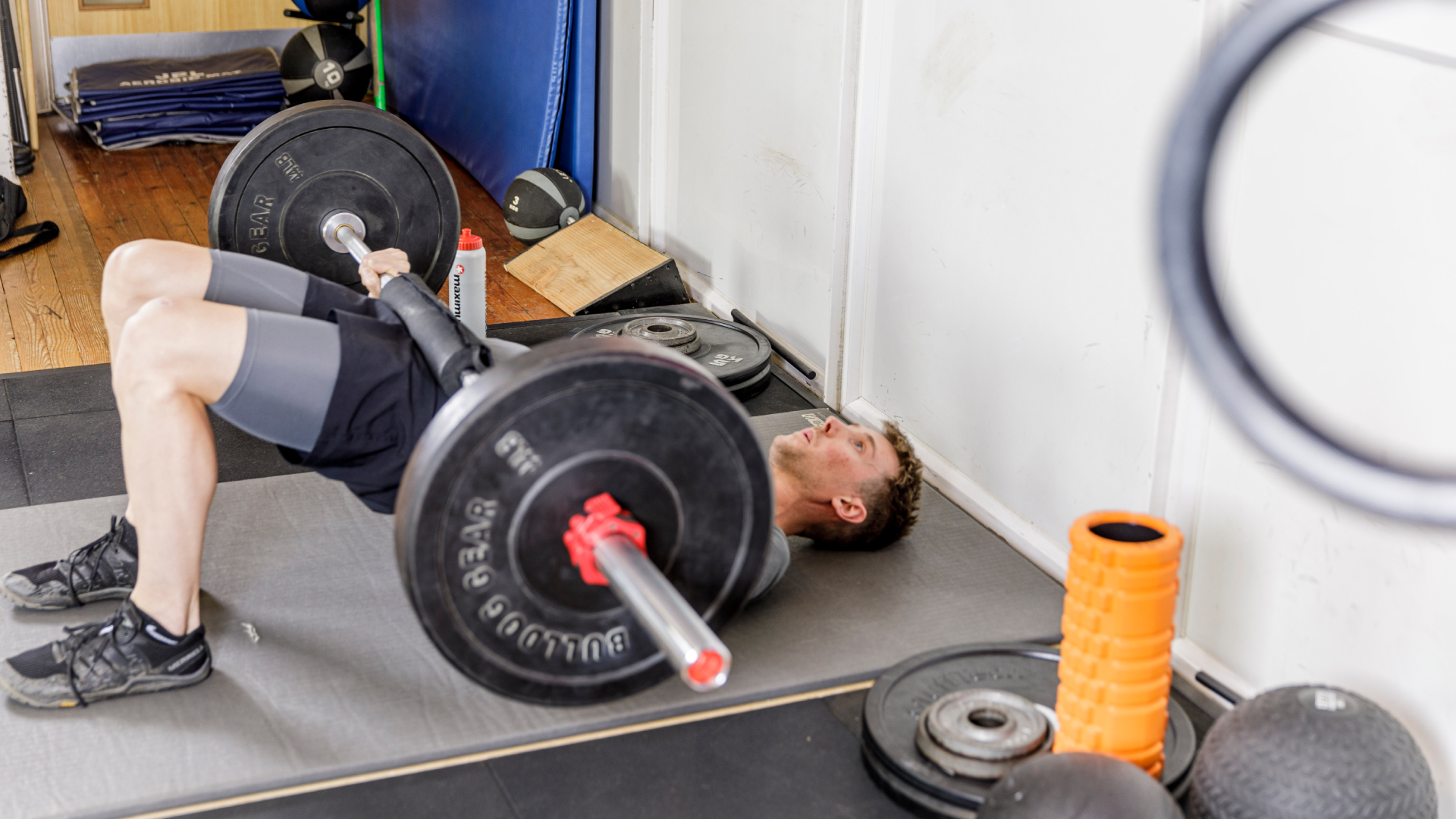 Does gym work really benefit your cycling fitness? Here’s how to mix up your training and reap the gains
Does gym work really benefit your cycling fitness? Here’s how to mix up your training and reap the gainsNo time for long winter miles outdoors but can’t face yet another turbo session either? Despair not! Coach Landry Bobo has an alternative winter plan to answer your prayers
By Landry Bobo
-
 'I was able to pick and choose from two cycling cultures, French and English': Simon Carr on what formed him as a cyclist
'I was able to pick and choose from two cycling cultures, French and English': Simon Carr on what formed him as a cyclistThe dual-nationality rider on blending the best bits from two nations' cycling cultures
By David Bradford
-
 'I've always been able to empty myself to the point of throwing up': Jack Carlin on what makes a great sprinter
'I've always been able to empty myself to the point of throwing up': Jack Carlin on what makes a great sprinterThe GB sprint ace talks us through what it takes to go very, very fast over the shorter distances on the track
By David Bradford
-
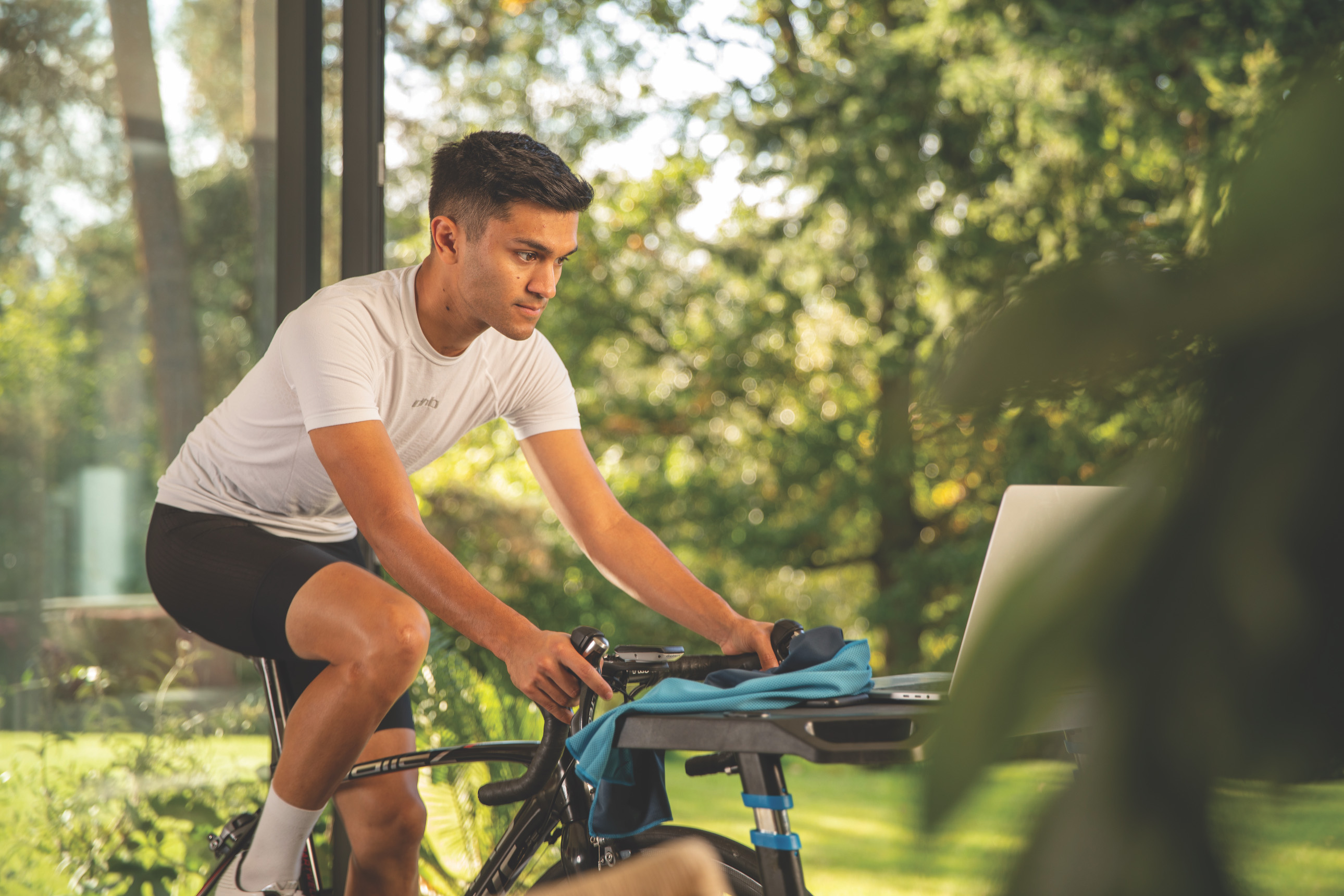 Lab to living room: How to benchmark your cycling fitness at home
Lab to living room: How to benchmark your cycling fitness at homePhysiological testing is no longer the preserve of the sports science lab. Hill-climb champion and coach Tom Bell explains how to measure your key benchmarks from the (dis)comfort of your home
By Tom Bell
-
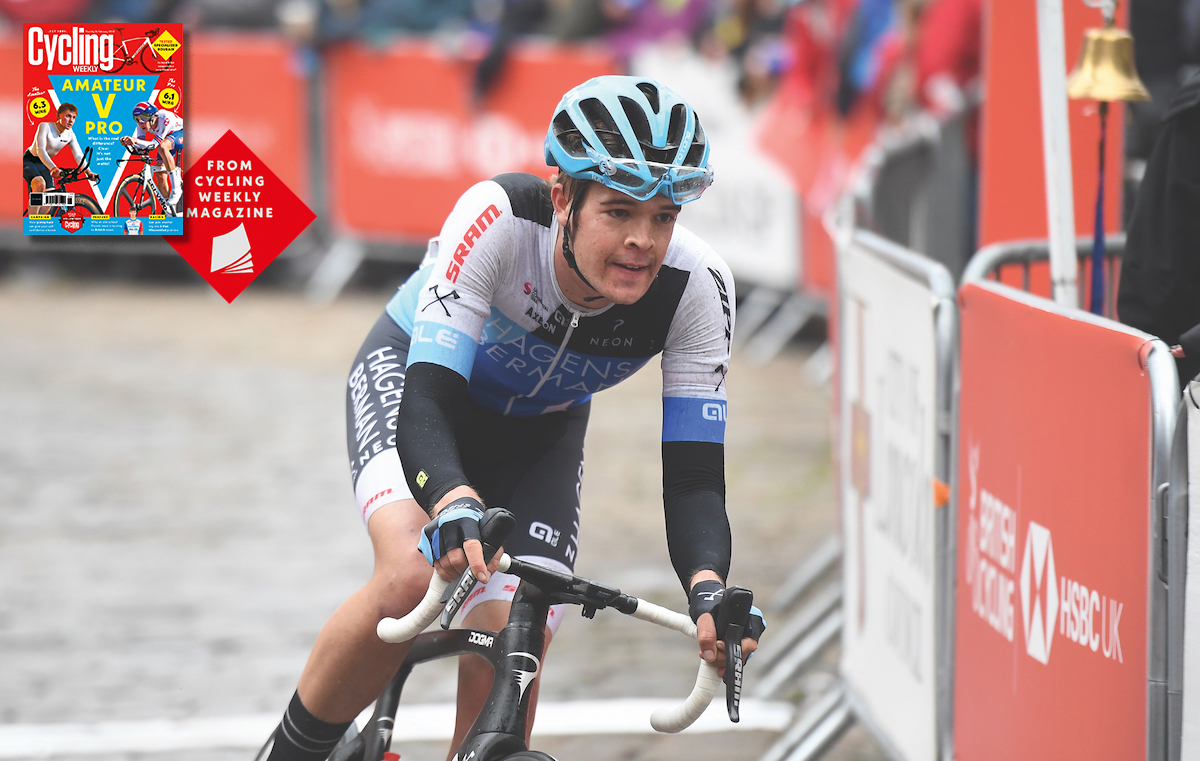 How many watts does it take to beat a pro cyclist?
How many watts does it take to beat a pro cyclist?What’s your dream threshold? Four, five, maybe even six watts per kilo… At what point does the target number become impossible except for pros? Joe Laverick finds out
By Joe Laverick
-
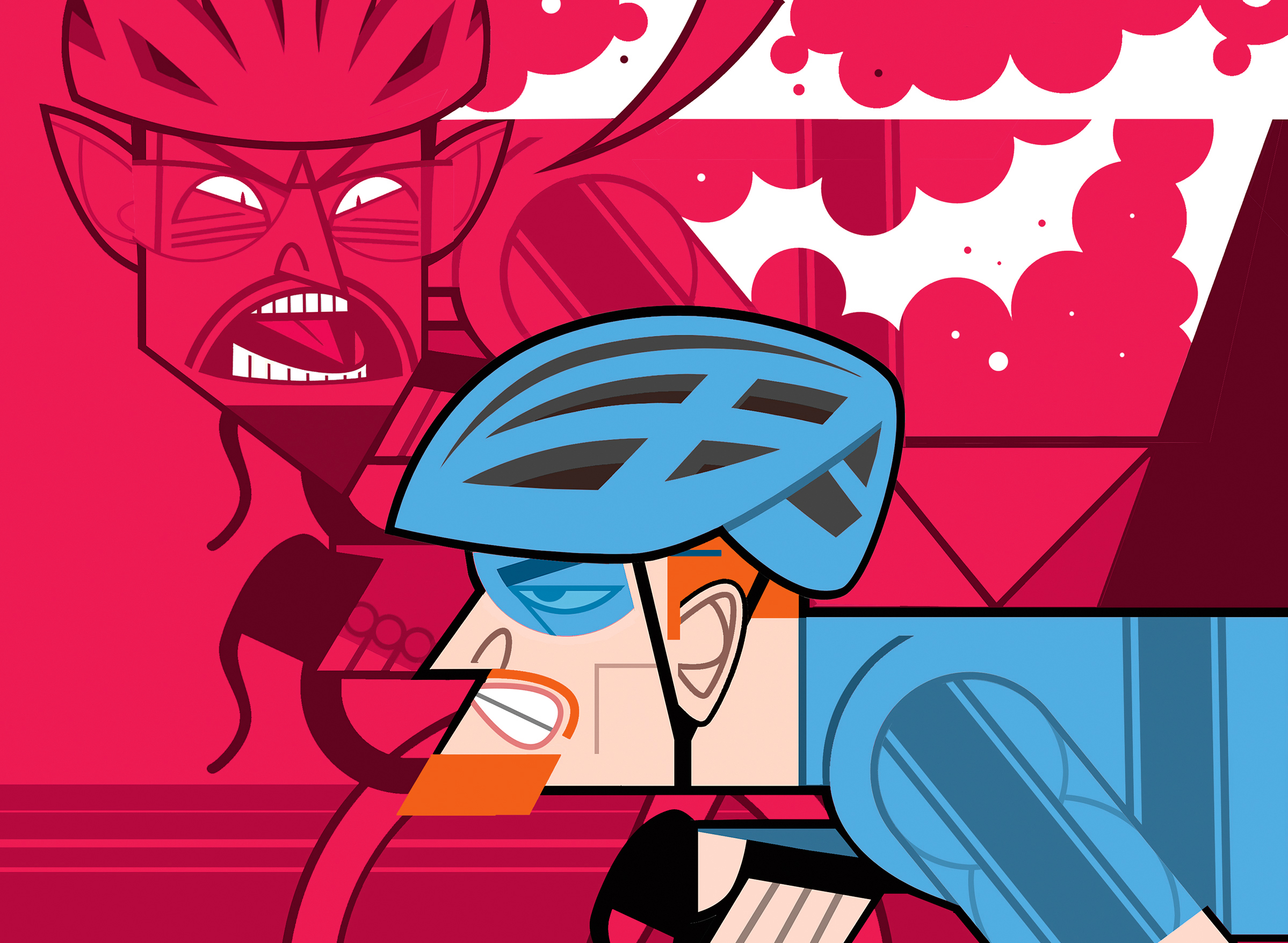 Can you train through the pain to get even fitter?
Can you train through the pain to get even fitter?It’s a universal truth in cycling: when the hard effort hurts too much, we back off and slow down. But can we train our ability to tolerate pain? Steve Shrubsall finds out
By Stephen Shrubsall
-
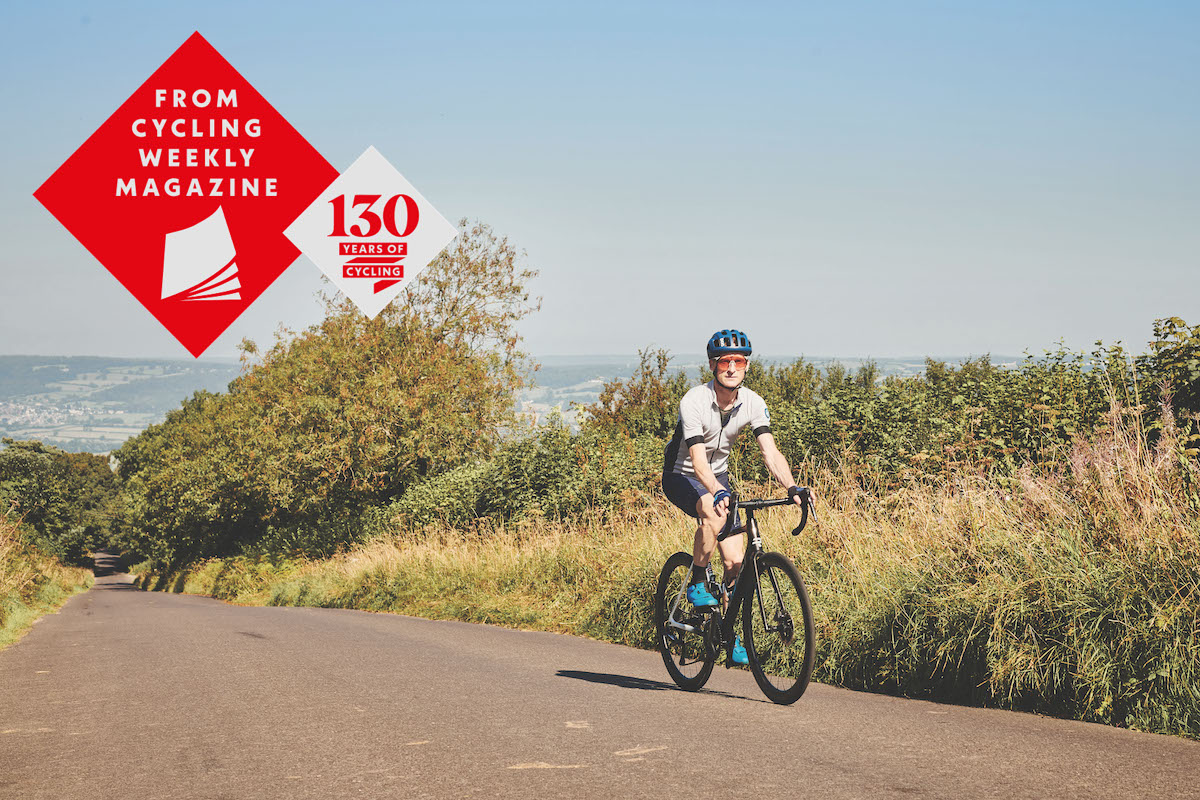 Secrets of the mountain G.O.A.T.s
Secrets of the mountain G.O.A.T.sWhat does it take to excel as a climber? We asked a selection of mountain GOATs – greatest of all time in their respective uphill specialism, from one minute to two full days
By Chris Marshall-Bell